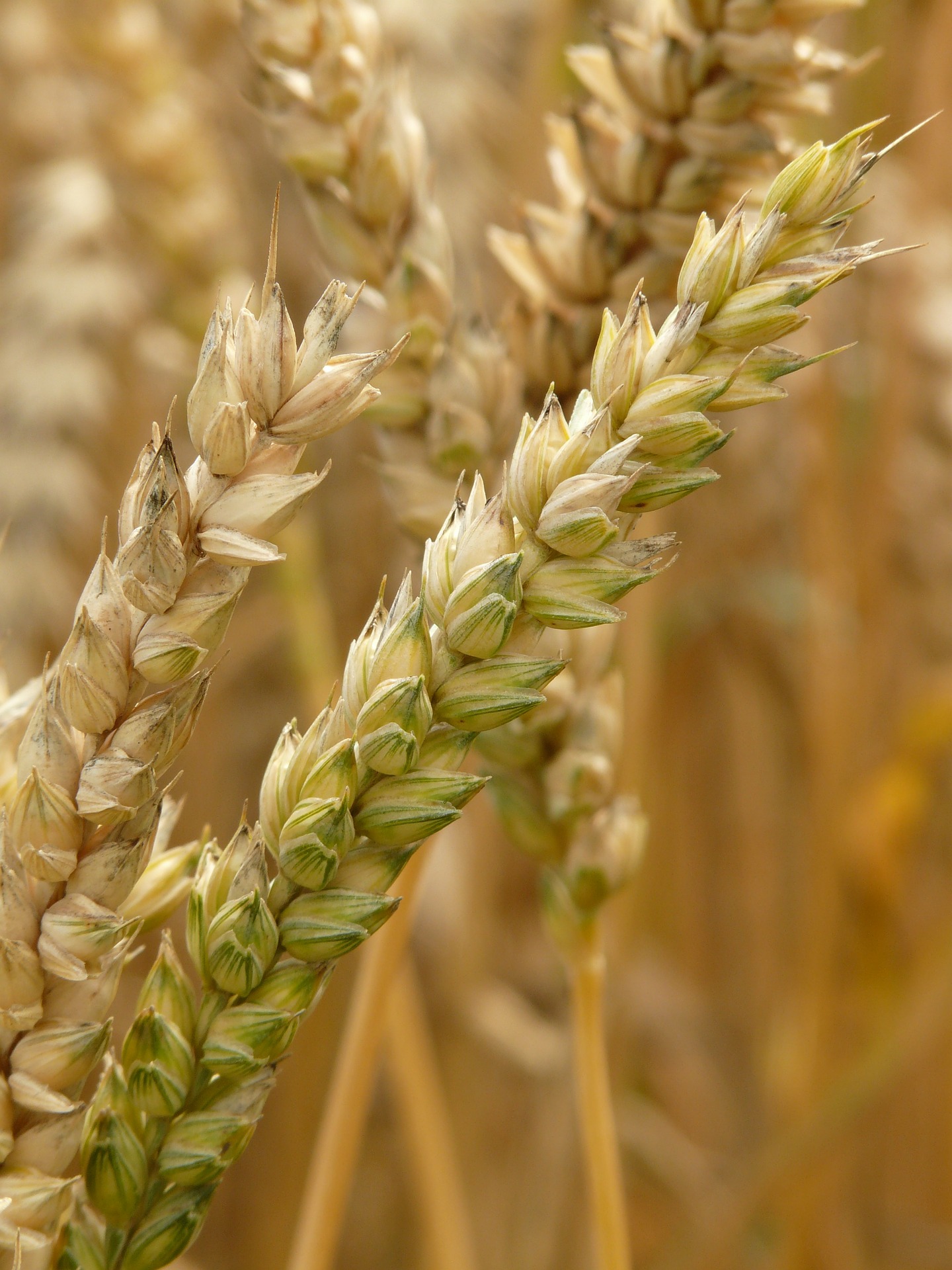The Whole Truth About Whole Grains
By Karen Crawford, MS, RD, CSP

Have you found yourself confused as to what “Whole Grains” and “Whole Wheat” really mean? Are you overwhelmed in the bread aisle trying to distinguish the best choice for your family? Whole grains have definitely become a buzz word over the past couple of years. Whole grains contain more fiber than refined grains and a diet rich in fiber has been linked to a decreased risk of certain chronic diseases. This actually sounds like an easy adjustment to make to one’s diet. After all, you are not being asked to give something up, but simply make a better choice. However, the lingo can be very confusing to say the least. Here are some examples of what you may be seeing:
- Whole Grain*
- Whole Wheat*
- Wheat Flour
- Made with Whole Grains
- 100% Whole Grain or Whole Wheat*
- Multi-grain
- Stone-ground
- 100% wheat
- Cracked wheat
- Seven-grain
- Bran
Unfortunately, these are NOT different ways to say the same thing. Depending on what a product says and the actual ingredient statement, what may look to be a whole grain may not be. And going on color alone is really unreliable. Some products contain molasses to give the look of whole grain without the more expensive ingredient! Talk about misleading.
So, here are the facts. Whole grains include whole wheat, brown rice, bulgur, oatmeal, whole-grain corn, whole oats, whole rye and wild rice. Wheat is a grain and it can be whole grain or it can be refined. The important part of the phrase is the word “Whole”. Also, look for the whole grain or whole wheat to be the first ingredient listed or for the product to say “100% Whole Grain”. Look over the above phrases one more time…the only 3 that are truly Whole Grains have the asterisk. Happy Whole Grain hunting!
